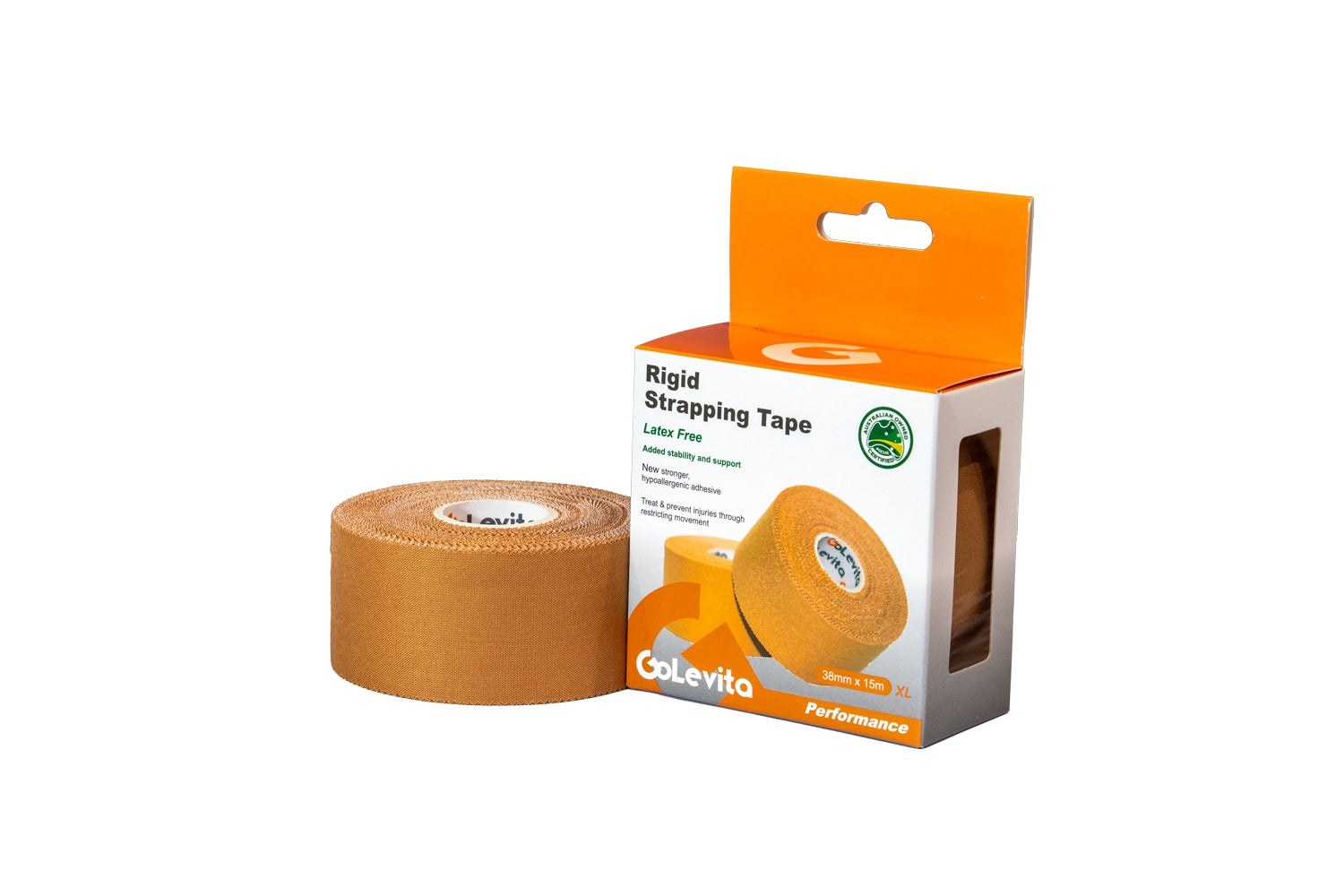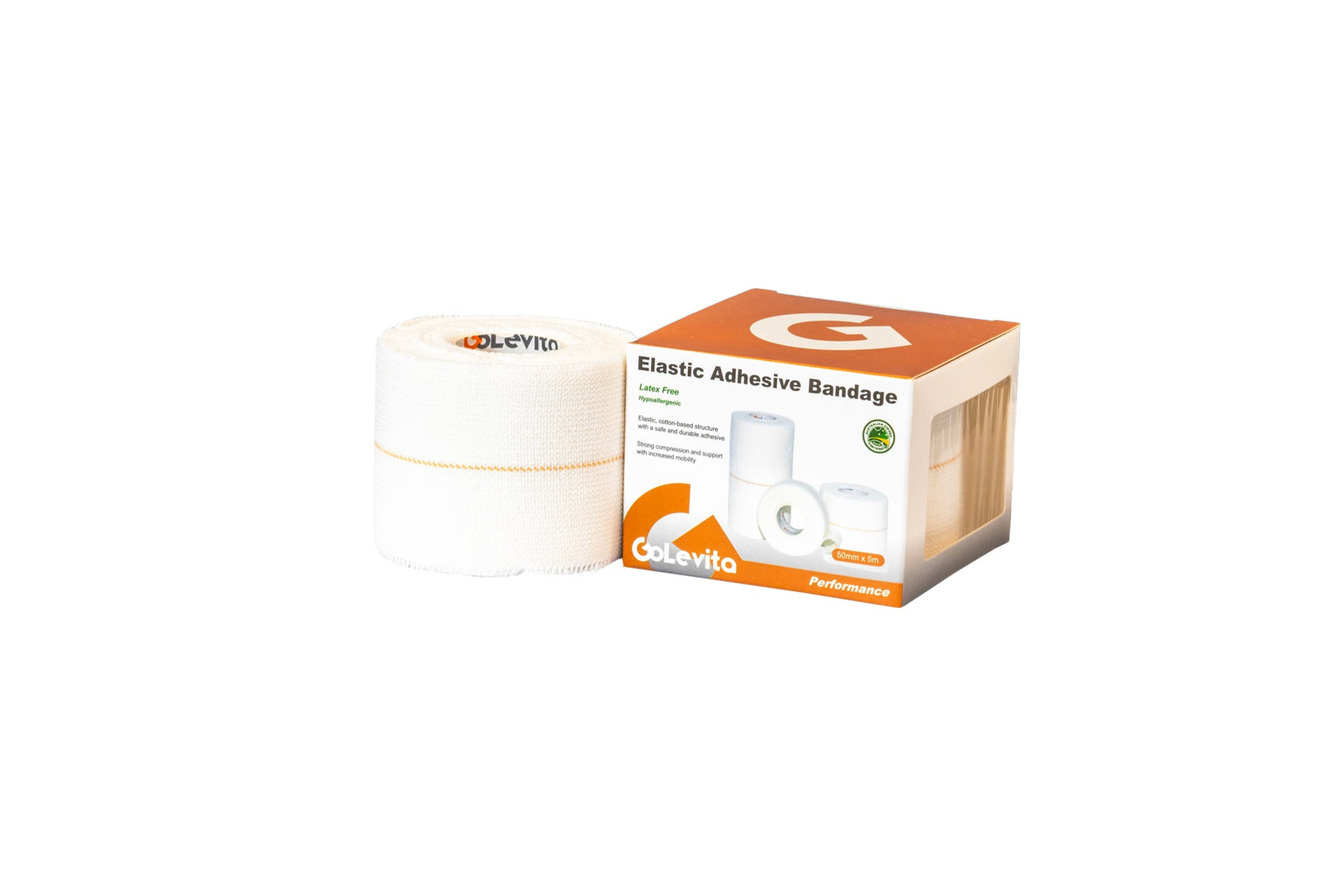Thumb Spica Taping – De Quervain's Tenosynovitis Support
View our comprehensive video tutorial or follow the step-by-step guide provided below.
Step-By-Step
To help you get the most out of your taping, we’ve developed a comprehensive video tutorial series—filmed and demonstrated by experienced physiotherapists. You can also follow along with our detailed step-by-step written guides provided below.
Please note: The content on this platform is intended for educational purposes only. While our tutorials are presented by qualified professionals, they do not replace personalised medical advice. Always consult with a healthcare professional before applying any taping techniques, and use the information provided at your own discretion.
Objective
To demonstrate a thumb spica taping
technique tailored to offload the tendons involved in De Quervain’s
tenosynovitis. The aim is to limit thumb and wrist movement while applying
radial deviation to reduce stress on the affected area.
Materials Required
· GoLevita 38mm Rigid Strapping
Tape
· GoLevita Elastic Adhesive
Bandage (EAB) – for spica wrap
· Scissors or tape cutter
1. Create Rigid Control Strips
Using 38mm rigid tape:
- Cut a short strip and split one end to form a Y-shape.
- Wrap around the base of the thumb and the dorsum of the wrist.
- Apply the tape while positioning the wrist into slight radial deviation.
- Repeat this process 2–3 times to reinforce the desired wrist position.
2. Apply Thumb Spica with EAB
Using GoLevita’s Elastic Adhesive Bandage:
- Begin with an anchor around the wrist.
- Wrap from the wrist up through the thumb and around, avoiding creases.
- Each pass should overlap the previous layer by one-third to one-half.
- Create a basket-weave pattern for stable immobilisation.
- Finish with a secure wrap at the wrist base.
3. Purpose and Biomechanical Goal
The rigid tape encourages radial deviation, reducing stress on the abductor pollicis longus and extensor pollicis brevis tendons.
The EAB thumb spica immobilises the thumb CMC joint and wrist motion, protecting the area during acute flare-ups or high-load activities.
Key Notes
• Ideal for acute cases of De Quervain’s
tenosynovitis or general wrist immobilisation.
• This technique helps minimise aggravation from repetitive gripping or lifting
tasks.
• Ensure proper tension without restricting circulation or causing discomfort.
• Regularly reassess tape integrity and adjust after prolonged activity.












